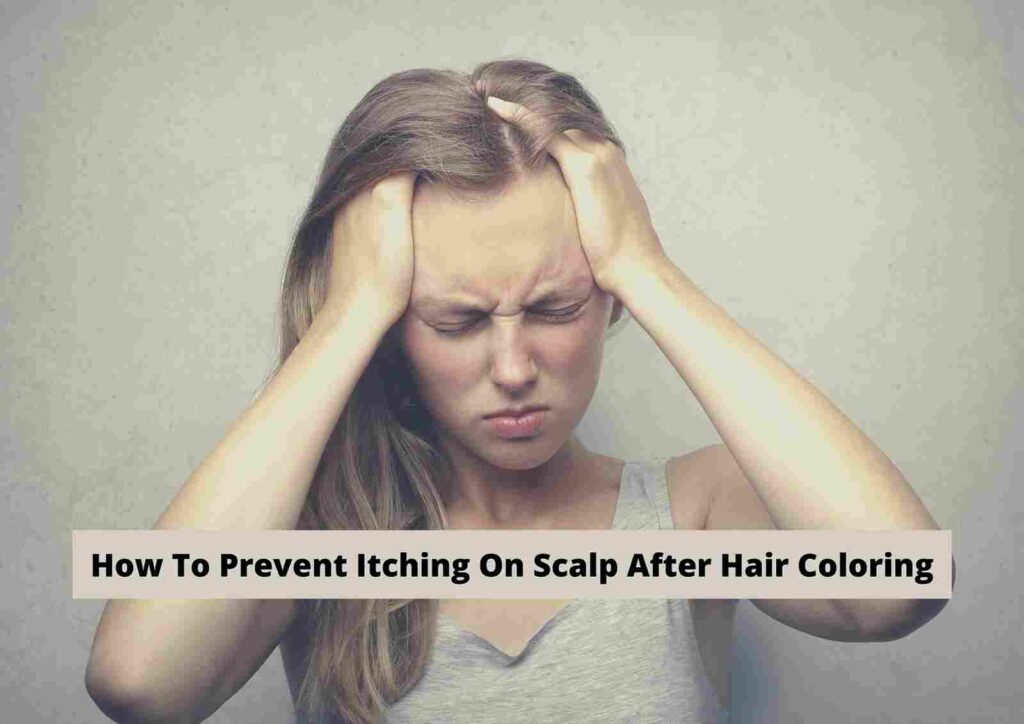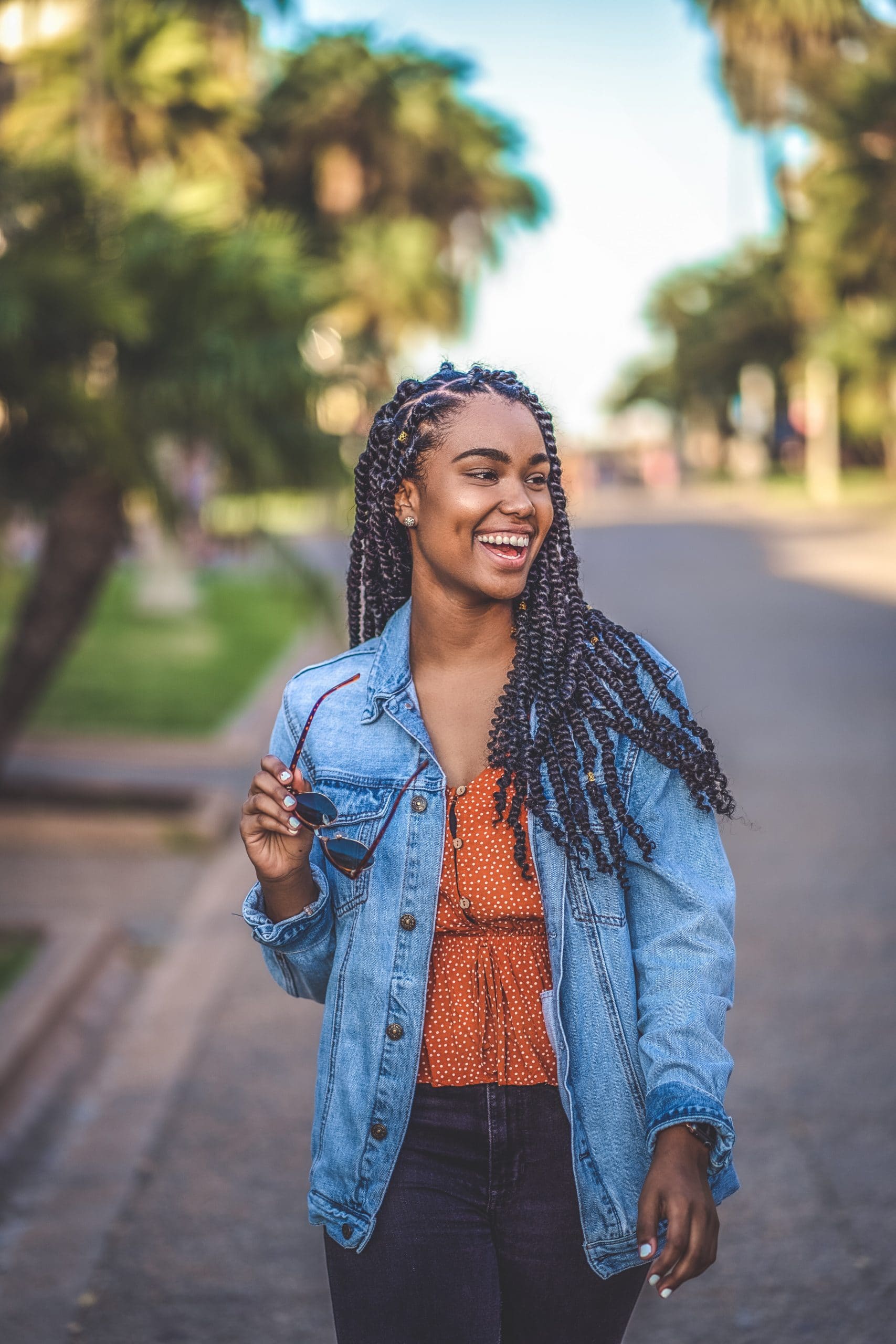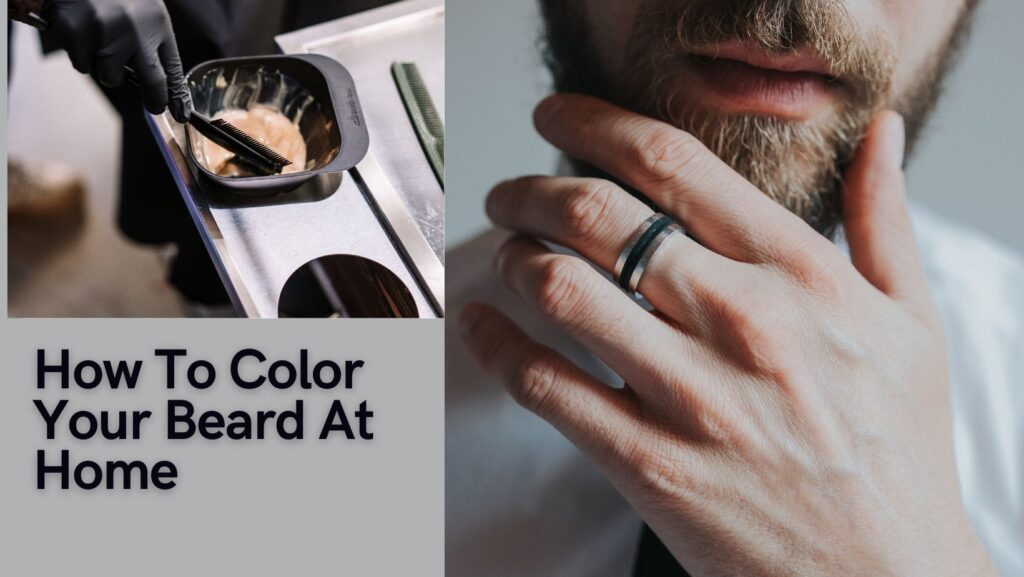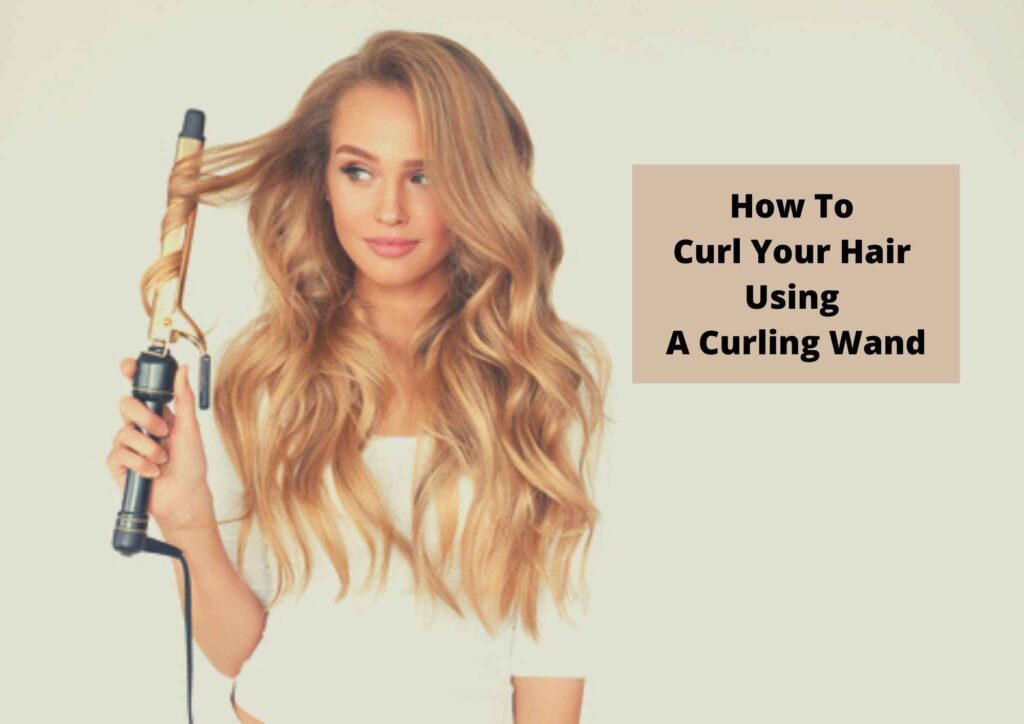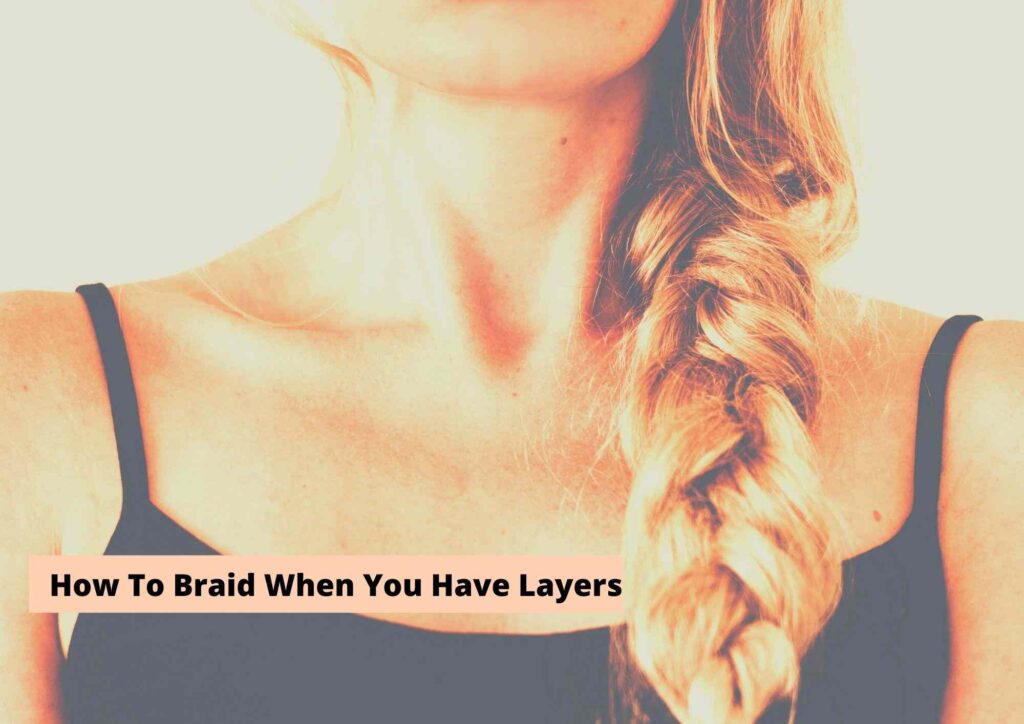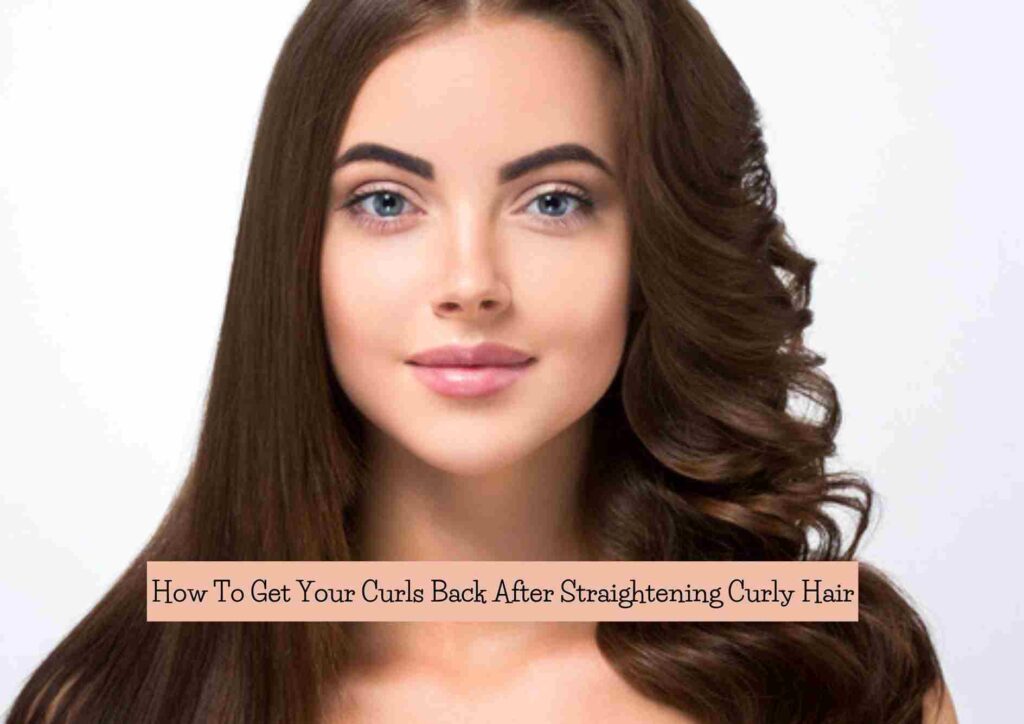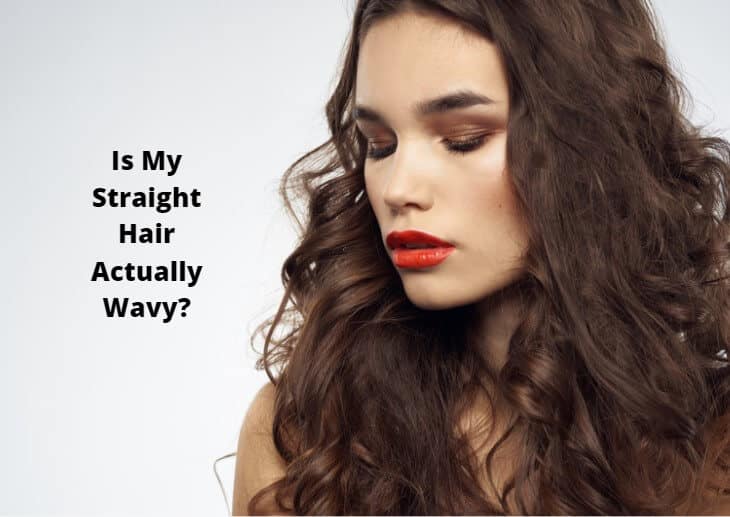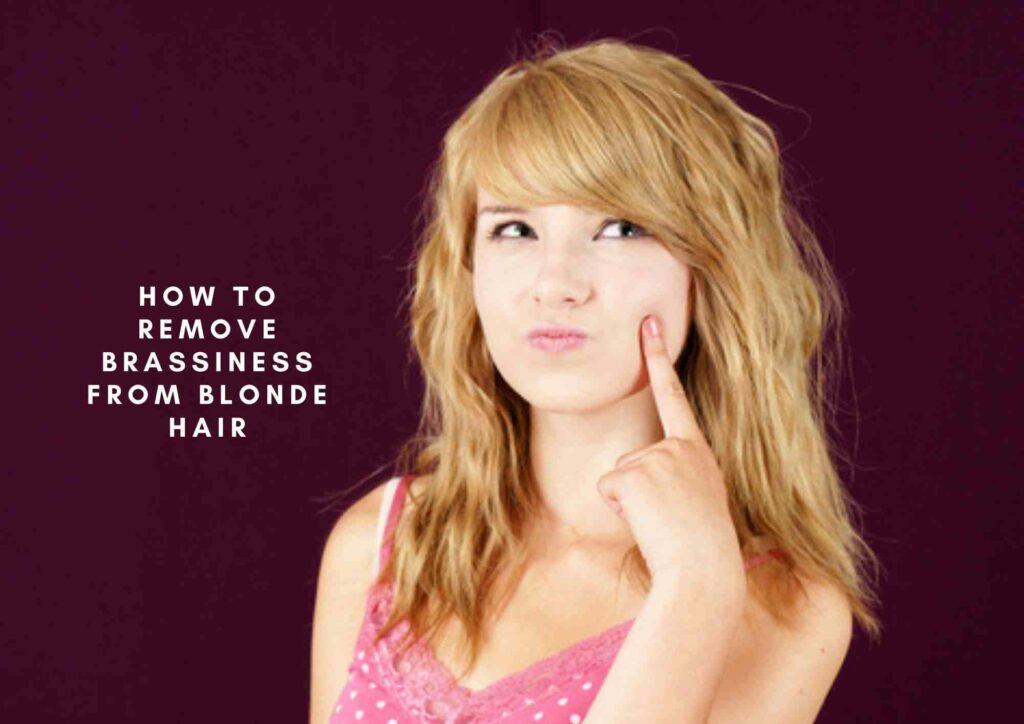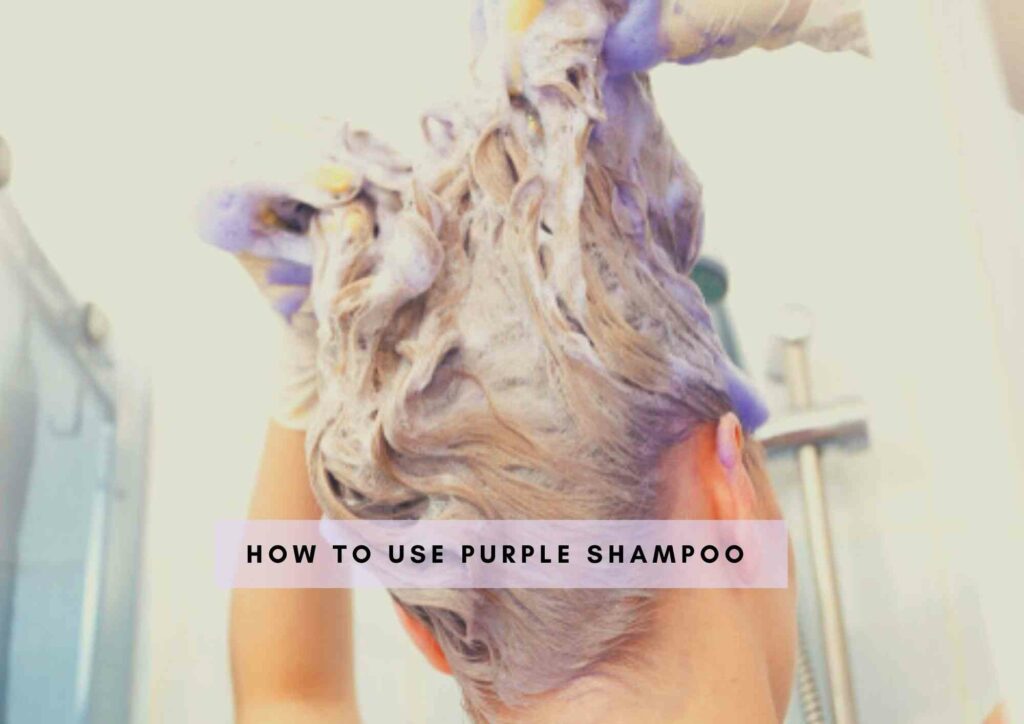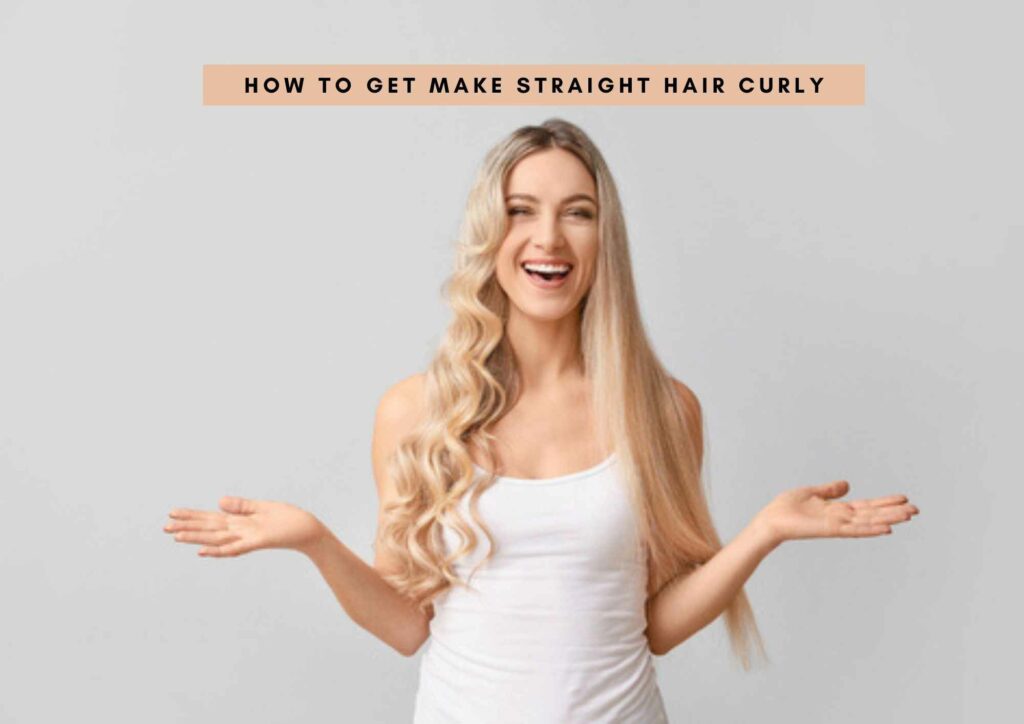Learn how to prevent scalp from itching after hair coloring, what’s a hair color that doesn’t make scalp itch, and how to prevent scalp irritation from hair color.
If you’ve ever walked out of a salon with a fresh new hair color only to be met with an itchy scalp, you know how uncomfortable and frustrating it can be.
Hair coloring can be a transformative experience, offering a boost to your confidence and style, but for some, it comes with the unpleasant side effect of scalp irritation. At HairEveryday, we believe that beauty should not come at the cost of comfort.
That’s why we’ve put together a comprehensive guide to help you prevent that post-coloring itch. Whether it’s your first time dyeing your hair or you’re a seasoned color enthusiast looking to mitigate scalp discomfort, we’ve got you covered.
From understanding the causes of scalp itching after hair coloring to providing practical tips and solutions to avoid or alleviate the irritation, this guide is your go-to resource for maintaining both a vibrant hair color and a happy, healthy scalp. Let’s explore how you can enjoy your favorite hair color without the itch!
How to Prevent Scalp From Itching After Hair Coloring?
To prevent the scalp from itching after hair coloring, there are several steps you can take. First, opt for a patch test before applying the dye to ensure you’re not allergic to any of the ingredients. Choose hair dye formulations that are gentle and free from harsh chemicals like ammonia and parabens. After coloring, rinse your scalp thoroughly to remove any dye residue. Use a mild, sulfate-free shampoo and conditioner designed for color-treated hair to maintain scalp health. Additionally, consider applying a soothing scalp treatment containing ingredients like aloe vera or tea tree oil to calm any irritation.
How to Prevent Scalp From Itching After Hair Coloring
Itching on the scalp is not the only symptom of PPD hair allergy. You can face other types of scalp irritations like dandruff, redness, flaking, etc. These can also lead to skin sensitivity if you have normal skin.
So it is important to take action to prevent this problem. Some of the most popular ways of preventing itching after coloring your hair are:
Do a patch test before applying hair dye
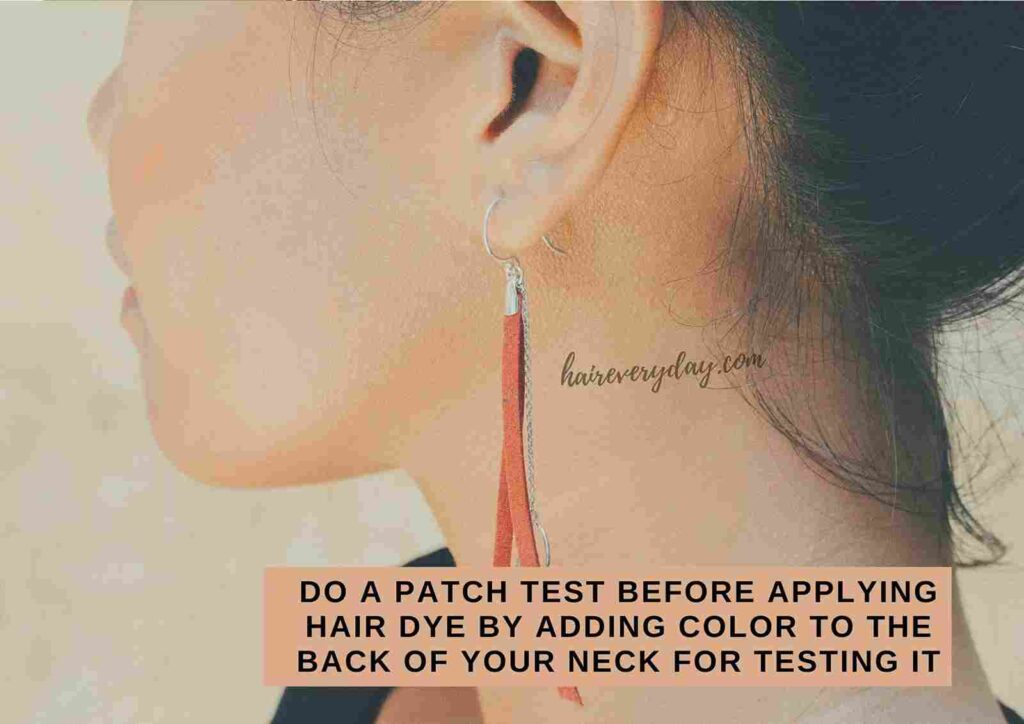
A patch test is a prerequisite when you are coloring your hair at home, even if you haven’t faced any allergic reactions previously.
Ideally, the allergy test should be done at least 48 hours before doing the hair dye.
If you are planning to do a patch test on yourself, take a coin-sized product from the formula and activator in the kit and combine it in a bowl.
One thing that you have to be very careful with after taking the products for testing is the packaging. Hair dyeing products can get oxidized really fast.
So it is important to make sure that the formula and the activator are concealed airtight after taking some product for testing. Otherwise, the entire contents in the pack could be deemed worthless.
The formula also contains several active ingredients that will eventually stop working if you don’t seal the caps tightly.
When you are testing hair color, you test it in your skin and not on the strands. This is because the side effects from hair coloring are often caused when it comes into contact with the skin.
Take a toothbrush or an earbud to apply it on your skin, preferably on the back of your neck or your ears. You only have to apply a tiny dot.
Leave it on for 48 hours to check for any issues. This is because allergic reactions can occur anywhere between 48 hours so you don’t want to jump to conclusions without giving it some time.
If you experience any kind of negative reactions like itching, redness, etc, you will probably get a negative reaction to the hair dye.
In this case, it is advised to wash it off immediately to avoid any escalations.
Select hair dyes for sensitive skin
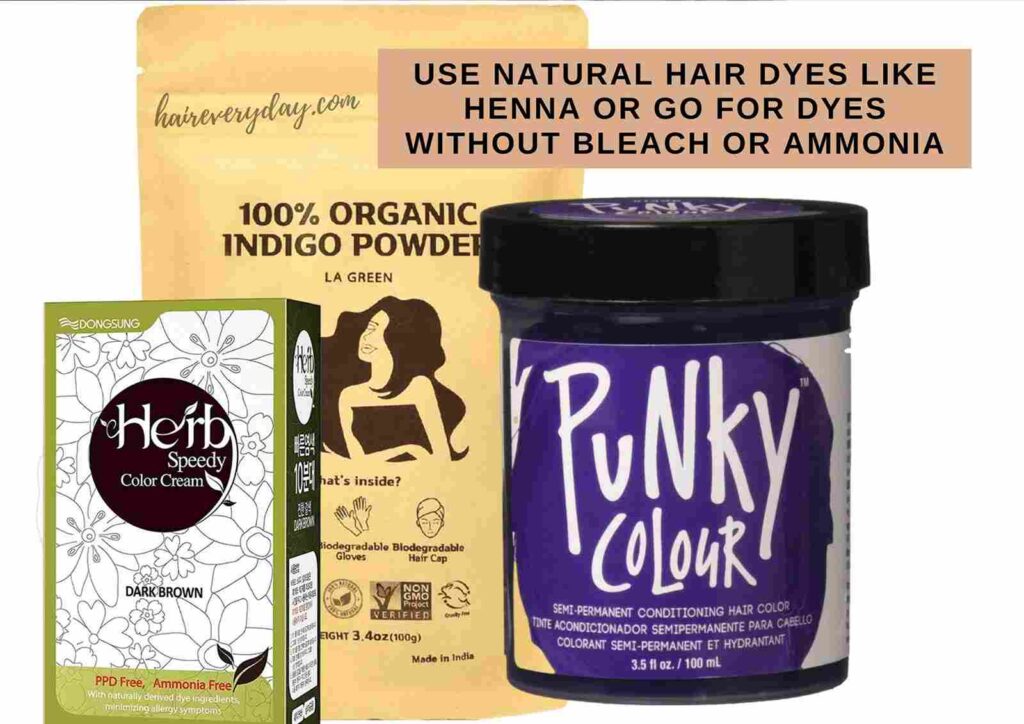
There are so many different hair dyes available in the market that cater to various needs of your hair.
Just like sensitive scalp shampoo and conditioners, you will also find sensitive scalp hair dyes that are less likely to cause an allergic reaction.
It is important to do your share of research before selecting a hair dye brand. Hair dye allergies can even become severe so it is important to take precautions.
It is best to select hair dyes that are free of ingredients like ammonia, peroxide, and PPD.
Wash your hair properly while rinsing hair dye
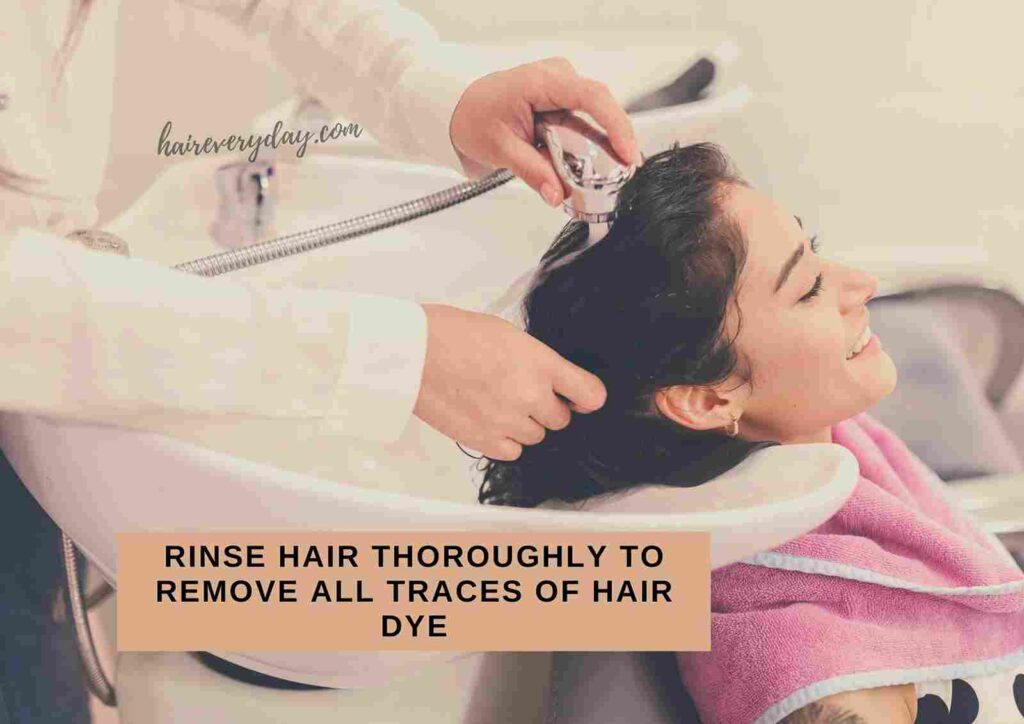
A lot of itching after a hair color could be caused by residues on your scalp. If your hair color does not get washed properly, it could lead to a lot of irritations.
So you have to make sure that your scalp is squeaky clean after hair coloring. Use gentle cleanses to rid your hair of any product residues. One of my favorite shampoos to use post hair coloring is:
In case you have scalp irritation after using hair color, it is best to stay away from harsh hair products, hair sprays, dry shampoos, etc to give your scalp some time to heal. Otherwise, it could further aggravate your condition.
Hydrate your hair right after hair coloring
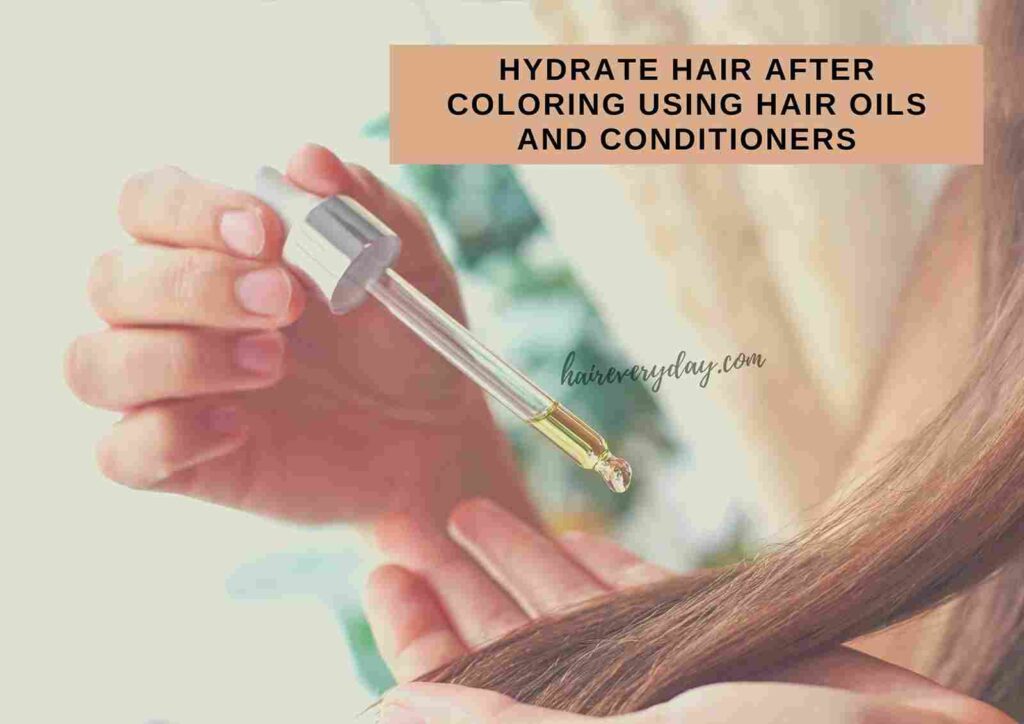
The key to healthy hair is hydration. If your hair is hydrated enough, it can build a lot of immunity against such issues. Another reason why hydration is important is that dryness of the scalp can often lead to itching and flaking on the scalp.
The harsh ingredients in your hair coloring products can strip off the oils in your hair and dry up your scalp. So it is important to make sure that your hair remains hydrated before and after coloring.
The best way to combat dryness is by doing a hair oil treatment. You can use oils like coconut oil, jojoba oil, argan oil, almond oil, etc to do this.
Apply the oil generously all over your scalp and wait for at least 30 minutes before washing it off. You can also use a hair mask instead of oil treatment to provide intense hydration to your hair.
You should also incorporate a color-safe conditioner into your hair care routine to make sure that there is enough moisture in your hair.
Reduce the usage of heat tools if you’re coloring hair often
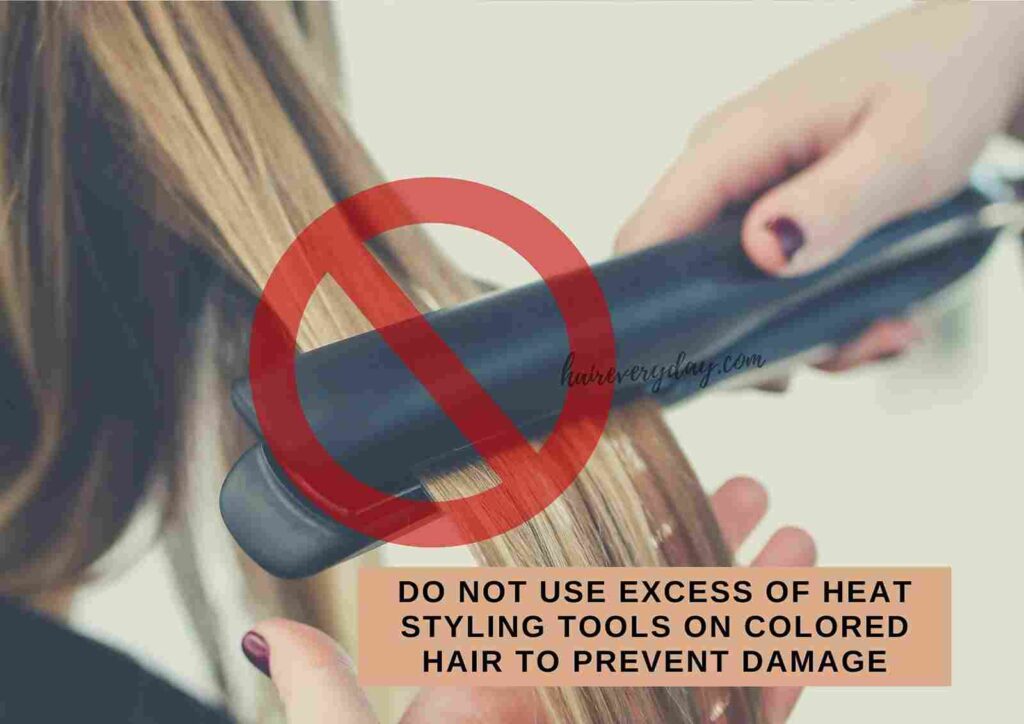
It is important to give your hair and scalp time to heal and renew after a chemical treatment. So it is best to steer clear of heat tools for some time.
Heat tools can also lead to dehydration which will contribute to itching. Even if you are using heat tools, make sure to use a heat protection product generously before styling.
Talk to your colorist to find out the cause of itching
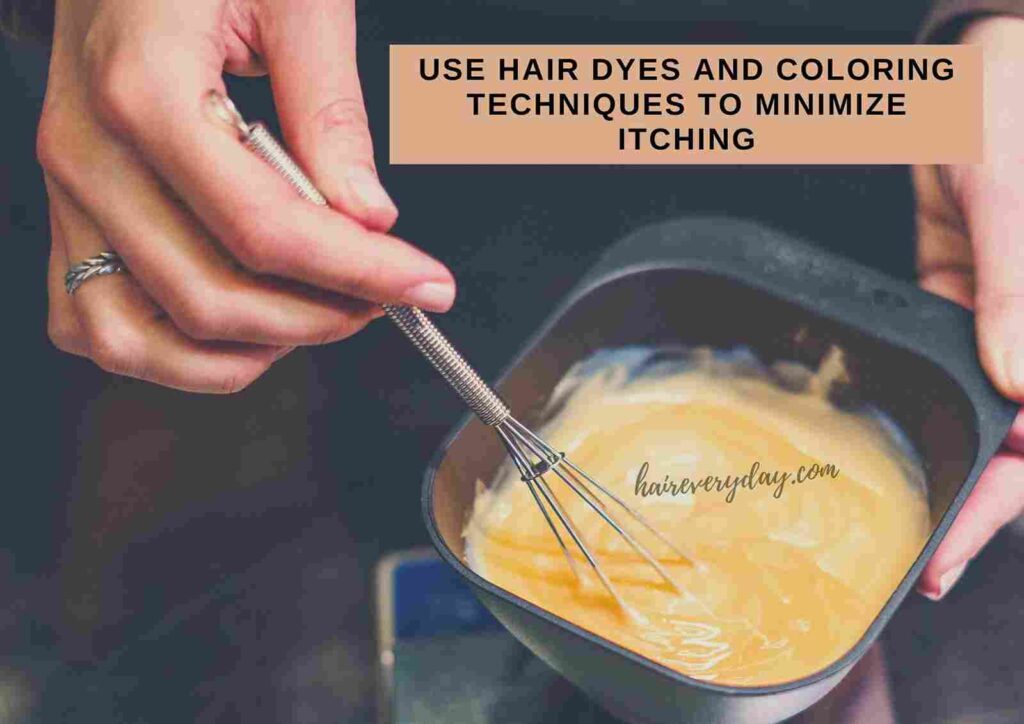
You will not likely do a patch test if you are getting your hair colored from the salon. This is why a lot of people get bad reactions to color.
But you have to talk to your colorist and fix an appointment two days before the actual hair coloring date to do a patch test with the products he/ she will be using to color your hair.
This will keep you on the safer side and help in avoiding scalp itching. Many people shy away from communicating their thoughts with their hairdressers but it is extremely important for your safety.
What causes itching after hair coloring?
One of the most common side effects of hair coloring is an itchy scalp. This could happen to anyone, even if you haven’t experienced it before.
This problem is usually caused by an ingredient called paraphenylenediamine (PPD) which is commonly found in permanent and semi-permanent hair dyes.
When this substance becomes oxidized, it leads to sensitive reactions in the users. But these reactions are mostly mild.
If you have previous experiences with hair color allergic reactions, it is better to do a patch test before going all out since it could cause some serious issues.
Your at-home hair coloring kits might not contain PDP explicitly. But there are other ingredients like toluene-2, 5-diamine sulfate, also known as PTD that will give you similar reactions.
Take a closer look at the ingredients list and you will definitely find the culprits. PTD can cause the same allergic reactions as PPD so it is important to do a patch test.
Ingredients In Hair Dye That Can Lead To Itchy Scalp
Other ingredients that could be a trigger for hair dye allergies include:
- phenylenediamine
- paraphenylenediamine
- PPD
- PPDA
- p-diaminobenzene
- p-phenylenediamine
- 4-phenylenediamine
- 4-aminoaniline
- 1,4-diaminobenzene
- 1,4-benzenediamine
Although this can be a cause of worry, especially for people with a sensitive scalp, there are different ways in which you can prevent this.
If you would like to know more, check out the five things you can do to make sure that you are not left with an itchy scalp after coloring.
Why You Should Trust Haireveryday?
The author of this article, Leah Marie Priest has a degree in Cosmetology with years of experience in dealing with hair care, scalp care, and hairstyling. As someone who extensively deals with all kinds of hair textures, products, styling methods and more, hair Leah Marie knows what kind of products and procedures suit each hair type and person. We have also tested these hair products and processes ourselves to provide you an unbiased review about every product. Each of our articles are also reviewed by a team of medical professionals so that you get the most accurate and expert-reviewed information.
FAQs About Hair Dye Allergies and Itchy Scalps
Can I dye my hair if my scalp is itchy?
Yes, there is no reason to avoid dyeing your hair if you are experiencing scalp itch. In fact, there are a few ways to dye your hair without risking irritation or dryness on your scalp:
You can also try a temporary dye that are applied at the root of the hair and last for around three to four hours.
What are some home remedies to alleviate allergic reactions after hair coloring?
Some home remedies to alleviate allergic reactions after hair coloring include applying a cold compress to reduce swelling and itching, rinsing the affected area with cool water to remove excess dye, and using aloe vera gel or hydrocortisone cream to soothe irritation. Additionally, taking an antihistamine medication can help alleviate allergic symptoms such as itching and redness. If symptoms persist or worsen, it’s essential to seek medical attention promptly.
Are organic dyes a safer alternative to prevent itching?
Organic dyes may be perceived as a safer alternative to traditional hair dyes because they often contain natural ingredients and fewer harsh chemicals. However, allergic reactions can still occur with organic dyes, as individuals may be sensitive to certain plant-based ingredients or essential oils.
Final Thoughts On Preventing An Itchy Scalp After Hair Coloring
Your hair will need some time to recover from a chemical treatment. So these issues might take some time to subside.
But if they don’t subside within five to seven days, you should consult a licensed medical practitioner who can help you with it.
Itching after hair dye can even be a symptom of dermatitis so a medical practitioner can help in diagnosing this and giving you the right treatment plan.
Hair dyeing should be fun, and with these tips your hair coloring sessions is hopefully not a mess!
Also Read:
How To Get Pink Hair Dye Out Of Hair
How To Dye Brown Hair Blonde Without Using Bleach
Sunburn On The Scalp: How To Prevent Sunburns, Treatment, Symptoms
To Summarize

